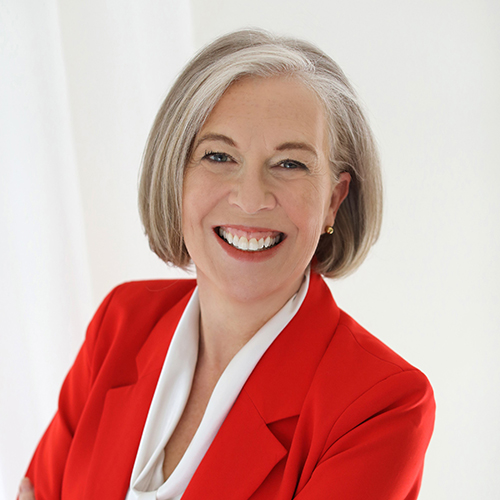Creating a Culturally Competent Workplace
Want to make inclusion a reality? Learn to celebrate differences.

When Sara Taylor took the stage at the SHRM Annual Conference & Expo 2024 (SHRM24) in Chicago on June 23, she self-identified as “a white woman from a town of 1,000 in rural Minnesota.” She said that when she was growing up, diversity in her hometown was understood as a matter of being either Catholic or Lutheran. A Catholic girl herself, young Sara was instructed to make sure she did not make the mistake of marrying a Lutheran.
After graduating from an all-girls Catholic college and then joining the Peace Corps in the Dominican Republic, Taylor returned home with her husband, a Black, Latino, divorced man with two children—but not, as she had been instructed, a Lutheran.
Taylor, founder and president of deepSEE Consulting, a provider of strategic diversity training, has since built a 35-year career on teaching employees about how we perceive our differences and how to make inclusion a reality not by minimizing what makes us different, but by recognizing and celebrating it. By understanding how our own experiences of the world have filtered our understanding of others, we can work to rise above easy stereotypes and the prejudices they spawn.

Taylor began her session at SHRM24 by defining cultural competence as “the ability to interact effectively across differences.” Many of us give ourselves credit for being culturally competent, but Taylor said decades of research indicate that only 2.5% of us recognize the full complexity of our differences from others and adapt to them to effectively collaborate in the workplace.
Given that attaining inclusivity to the point that companies can draw upon it as a strength is elusive to so many, Taylor said it is not enough to direct your workers “to go out and be inclusive.” Rather, she said, “we need to develop inclusivity as a competence.”
Frames and Filters
Essential to building cultural competence, Taylor said, is recognizing how we frame and experience our differences with others. Frames, she explained, are the clear, objective differences between us, such as height, weight, skin color, and eye color. Taylor explained that filters, on the other hand, are “automatic mechanisms in our unconscious that subjectively perceive and judge others.” We use our filters to make sense of what we see in our frames.
Because the average human takes in 11 million pieces of information every second, our filters are continuously sorting through massive amounts of data, categorizing, explaining, and evaluating it. It is here that our biases come into the picture, Taylor explained, relying on preconceived notions and stereotypes about peoples’ differences to make sense of them.
If we want to cultivate more effective interactions with others both inside and outside of our workplaces, Taylor said, we need to actively check and monitor our filters to weed out the biases that prevent us from having a true understanding of one another. When people achieve that, they are exponentially more effective at problem-solving, Taylor concluded, building better workplaces and better worlds.
“We’re told to focus on our similarities rather than our differences, and that negativity can result if we dwell too much on what separates us,” Taylor explained. “We are uncomfortable talking about our differences, so we downplay them. But it is only by having a conscious awareness of our own filters—and a nonjudgemental awareness of other people’s filters—that we can shift our understanding and be more effective working together.”
Taylor’s message resonated with her audience. One participant in her session, Violet Bethke, an HR operations generalist with HH Associates U.S. Inc. in Chicago, said she was interested in what Taylor could teach her about promoting cultural competence. Bethke, a first-time SHRM conference attendee, said learning how to cultivate inclusion in her workplace is a priority for her.
Bethke said: “Our company is very global, and one of the things I’ve been working on with our HR team in general is how to develop everyone in their own capacity, regardless of their differences.”
An organization run by AI is not a futuristic concept. Such technology is already a part of many workplaces and will continue to shape the labor market and HR. Here's how employers and employees can successfully manage generative AI and other AI-powered systems.



